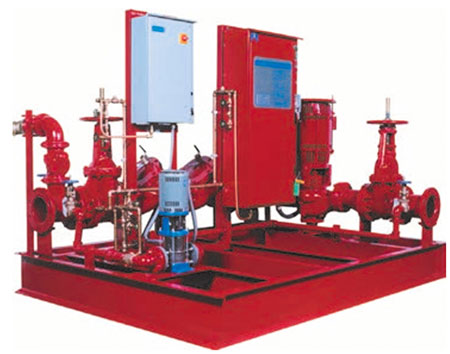
Should pumps purchased for commercial building services be done so as a package?
It is always a good practice to consider the entire system when purchasing pumps. Focusing on just the pump without considering the control method and instrumentation, for instance, is shortsighted and will result in suboptimal operation. However, the design and packaging can be done individually and input into a building management system or as a package from the pump manufacturer that fits into the building management system.

If you are new and not sure how the pumping equipment was designed or procured, it may be good to take a step back and get some advice from technical experts to understand the different building systems, determine if they are integrated with each other and understand their current operation prior to procuring new or replacement equipment.
As a starting point, you could inventory how your equipment is running, and if it is failing or maintenance costs are higher than expected, it may be an indication that a broader look at the system is needed. If this is the case, reach out to the manufacturer’s sales representative for support.
An example of pumps that are supplied as packages with driver and controls are fire pumps. These pumps are governed by code (state, local, national building code and international building coded, with National Fire Protection Agency standard, NFPA-20 acting as the guiding standard). Fire pumps will have third-party certification and listings that verify the pumps are constructed to the guiding standard. The underwriting listing agency verifies the fire pump package, with the pump manufacturer being responsible for use of approved components (see Image 1).
For more information on pumps in commercial buildings, refer to HI’s Commercial Building Services Pump Application Guidebook at pumps.org.

